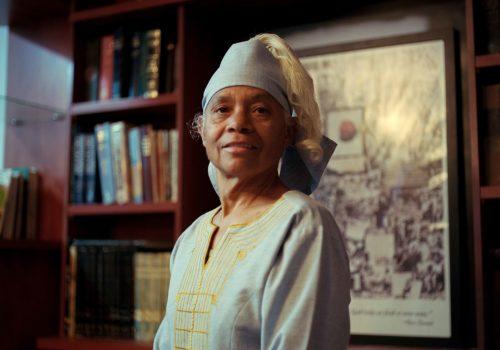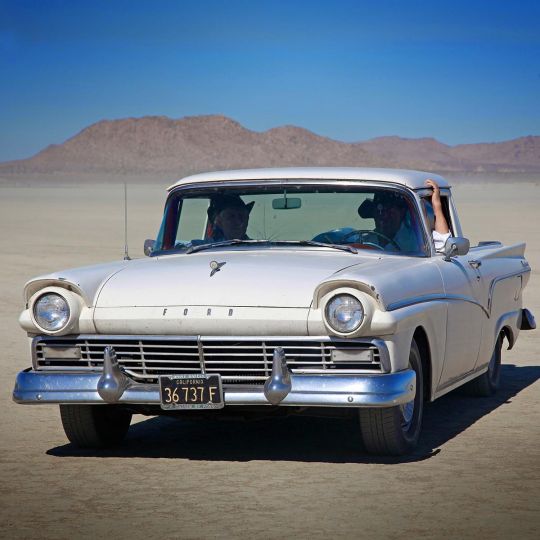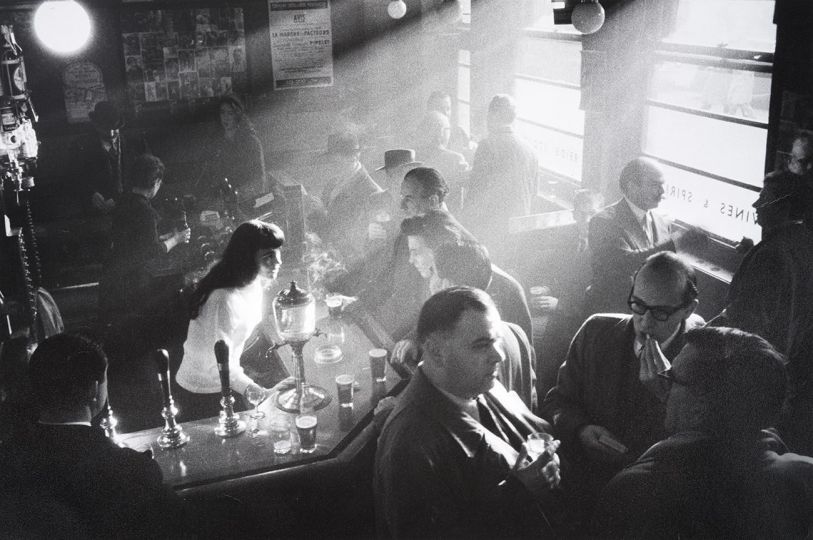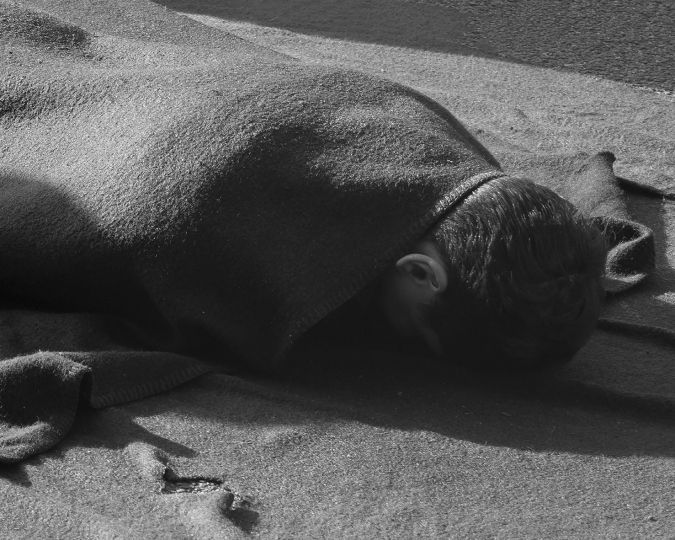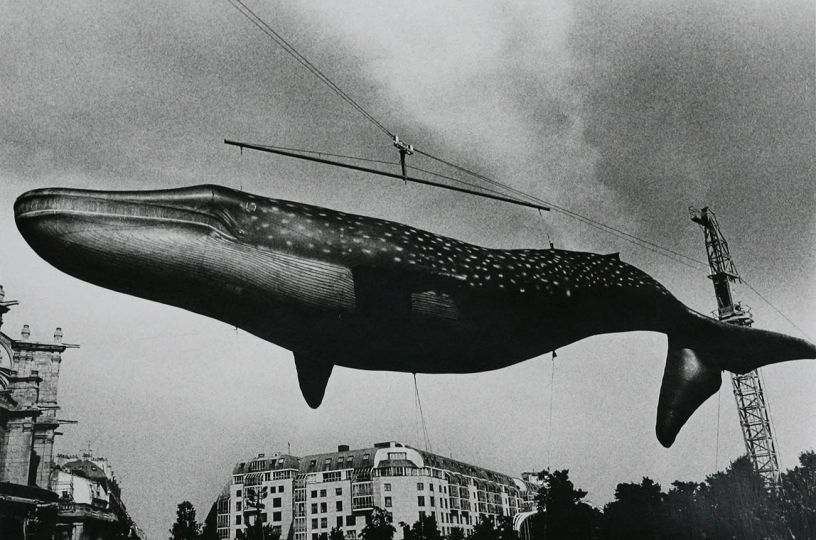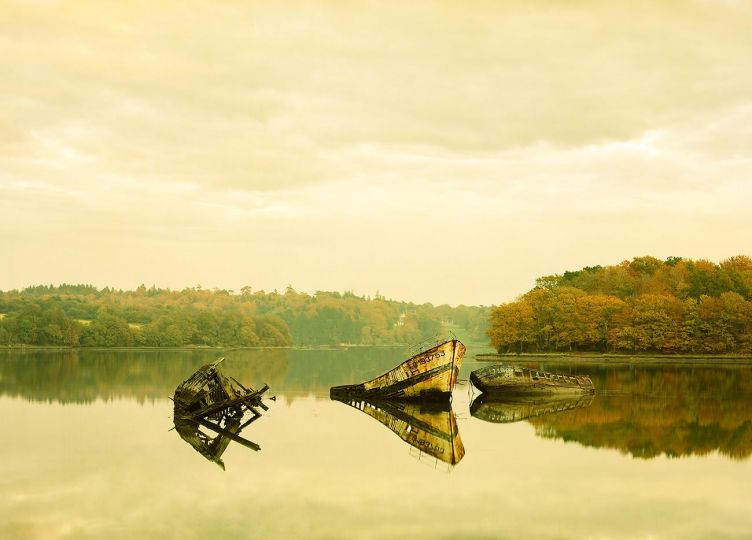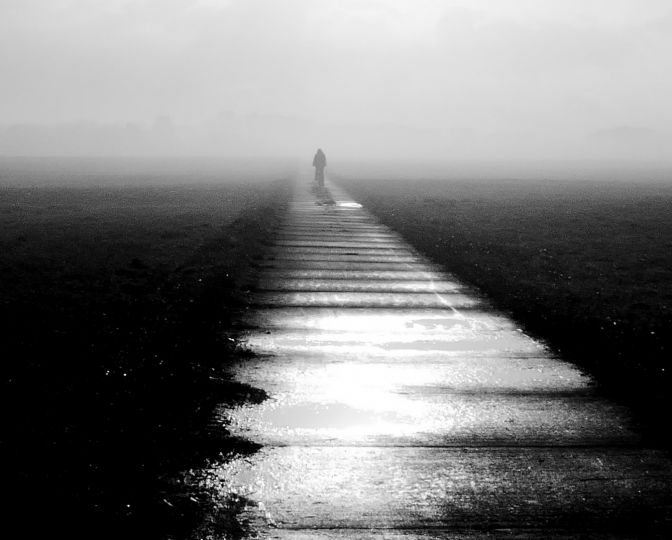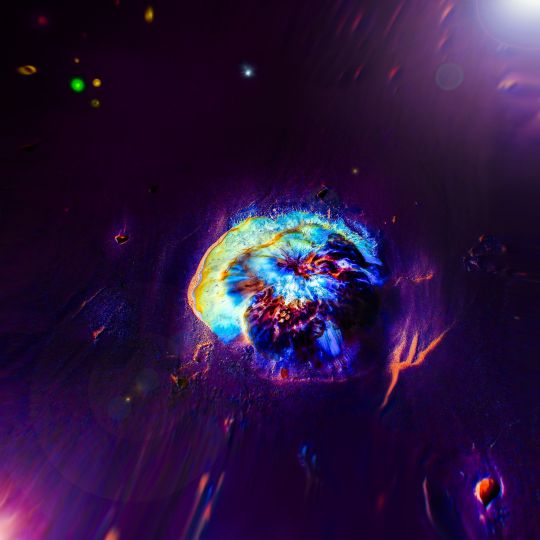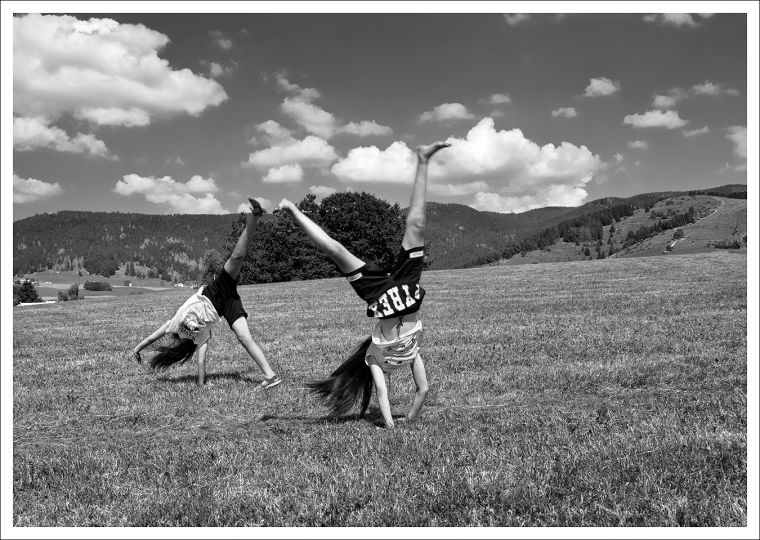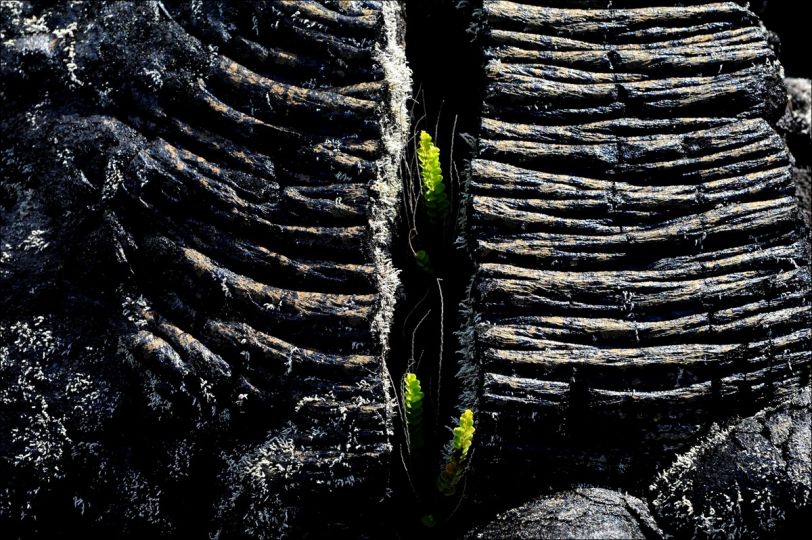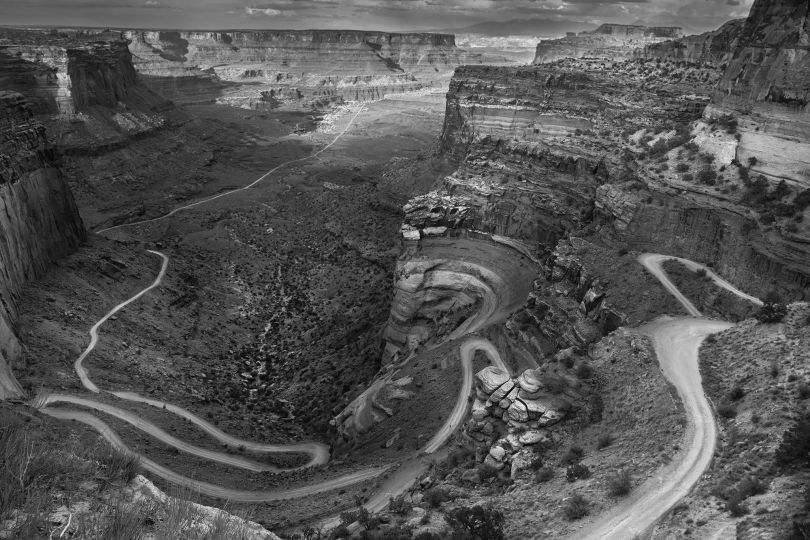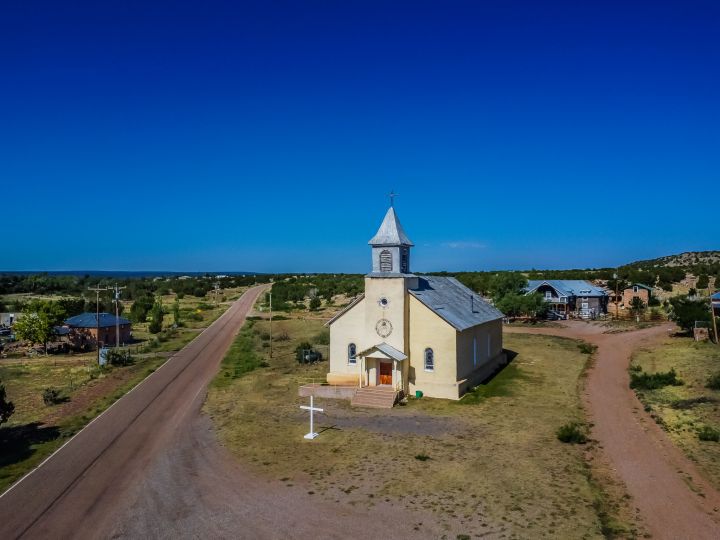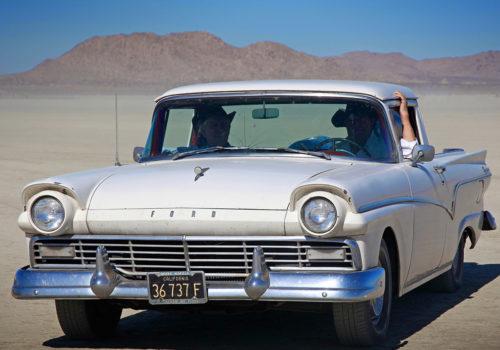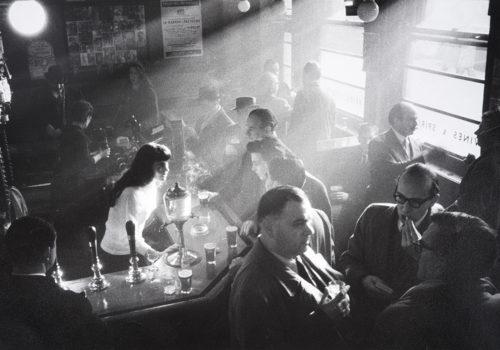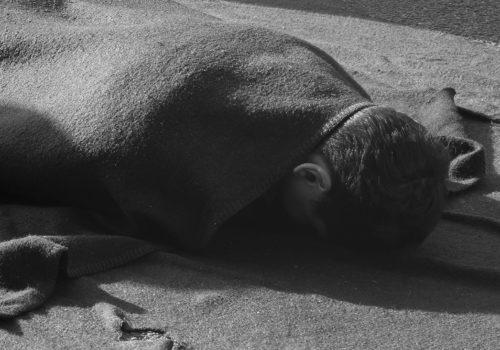At the end of the 1960s, during the identity conflicts in the United States to which the African-American population was prey, a group of believers prepared to leave “the land of slavery” to settle in Israel.
Black Hebrew Israelite of Jerusalem, left the United States and settled in Liberia for two years before heading to the Holy Land. Their leader, Ben Carter, a steelworker from Chicago, would become Ben Ammi (son of my people) Ben Israel (son of Israel).
Self-proclaimed descendants of the ancient Hebrews, after the destruction of the Second Temple in Jerusalem (70 AD), the Hebrew slaves expelled from the holy city migrated to Africa. The links that will unite Africans and ancient Hebrews would be the spiritual result of the origins. Two thousand years later, in the 1940s, Marcus Garvey, the «Black Moses»,
Pioneering militant of Pan-Africanism, promoter of the return of the descendants of black slaves to Africa, will influence Ben Ammi and his family to return to the ancestral land of the Back Hebrew Israelites. This period of history is called the «great exodus».
In the United States, from the 60s and 70s, the black American population was the victim of lynchings, acts of violence and racism. This is the period of civil rights for the fight against discrimination. It was then that Ben Carter received in one of his dreams the visit of the Archangel Gabriel. He orders him to leave the land of slaves that is the USA. Thus, at the end of the year 67, with 200/300 faithful, they dispossessed themselves of their property and flew to Liberia. This is the first stage of their project before the holy land. A reconnection with their African roots and, in order to cleanse themselves spiritually of the oppression suffered.
For two years they lived in makeshift camps. In the jungle, plagued by malnutrition, poisonous animals (spiders, snakes, ants) they endure harsh living conditions. Some will die of dysentery, others will return to the United States.They will stay 3 years and half.
In 1967, Israel was marked by the 6-day war. The country is booming. The living conditions of new migrants from Arab countries are disastrous.
In 1969, the few faithful who remained in Liberia prepared to leave for Israel with the intention of leading a highly spiritual life there in close relationship with the land of their ancestors. Ben Ammi and his group obtain tourist visas. Arrival in Dimona in the Negev. A piece of territory is allocated to them, which will become the “Village of Peace”. It’s really just a neighborhood no bigger than a football field. It is located east of the city. It is based on the kibbutzim model: sharing, working together, solidarity.
Since 1971, they have lived mainly on donations received by the faithful from all over the world (Ghana, South Africa, USA). Each member donates part of its income to the community fund which allows the operation of the infrastructures and to help the most deprived.
In the center of the village, the main square hosts the various celebrations. It also houses a covered area for Shabbat Fridays. A food and clothing market is set up.
The restaurant ‘’the Miznon’’, quite famous in the region, offers an exclusively vegan menu. The restaurants change every week. Each family has its specialties. This makes it possible to offer a variety of products and to create a monetary balance. The community also follows strict rules: its members eat vegan, do not wear synthetic clothing, do not consume tobacco or alcohol, favor herbal care and natural births, and practice regular physical exercises. These rules aim to maintain a healthy body, condition according to them of a healthy spirituality.
They grow fruits and vegetables on land acquired nearby.
The children follow a school curriculum in the schools adjoining the village. Core subjects are taught by Israeli teachers; history and spirituality classes by community teachers. There are two buildings at the entrance to the village, from primary to secondary school. As well as a sports complex. Universities are located in Beersheva and Tel Aviv for future students.
They observe the rituals and festivals of the Hebrew calendar, fasting and Shabbat and all other festivals. They reappropriate history: the exit from Egypt of the Hebrews becomes the exit from the USA, a country of slavery. They do not consider themselves as Jews, but as Judeans and prefer the notion of spirituality to that of religion. They claim to be descendants of the tribe of Judas, one of the twelve lost tribes of Israel. It is this refusal to convert to Judaism that partly explains their difficulty in obtaining Israeli nationality.
Since their establishment in the 1970s, they have regularly been the victims of arrests for irregular situations, although some have been established for years. So, as they call it, the ‘deportation’ of members of the community aimed at reducing the number of faithful continues to increase. The Jewish state tolerates less and less the arrival of new migrants. In order to ensure a family future, more and more young adults do their military service to obtain papers.
The members of the community are around 2,000 throughout Israel, 200 to 300 people in the village of peace. The community has a «Holy Council», made up of twelve «princes». Twelve ministers take care of organizing the daily life of the community while «crowned brothers and sisters» are in charge of ensuring balance and harmony within the group by supervising in particular the questions professional and educational. Finally, about twenty priests are in charge of the spiritual life of the community.
Dimona is a working-class town in the Negev. It had some success in the 90s during the great immigration of populations from the former Soviet bloc. A city without charm, with dilapidated buildings, a remnant of the urban utopias of the 1970s, a radiant city conducive to the settlement of desert areas to expand the congested habitat in the center of the country. It is best known for its nuclear power plant and these aerial exercises by the Israeli army. A city that has become monotonous, with a high unemployment rate. A forgotten territory located about thirty kilometers from Beersheba, larger and more dynamic.
In 2015, a chance encounter with Paul Kane, a music producer in Tel Aviv, introduced me to the musical repertoire of the Ben Ammi community, jazz, soul. The group “Soul messenger” was very active in the 70s. The members played at certain ceremonies to be accepted by the Israeli public. This is the very first time I hear of the Black Hebrew Israelite. Our common passion will take us in the footsteps of Ben Ammi and his family, to Dimona, to the village of peace, in the Negev desert, a deprived place in the Holy Land.
During my long stay in Israel, I will be part of a choir, Fanga Israeli African Music Choir orchestrated by Hillary, herself a member of the community. She will help me get in touch with different personalities of the “Village of Peace”. It was initially laborious, exchanges of fruitless messages. For several months our conversations will be sterile on the arrival that I have already organized for the month of December 2022. A few days before my departure, I obtain the few formalities for my stay. The village has never been photographed in its intimacy. Only an African American photographer, Wendel White, took a few photos outside the festivities open to all.
Driven by social and human issues, I produced the Rise to the kingdom series to make visible otherness, the singular, the margin, in a society driven by identity where hegemony tends to exclude all other forms of belief. A society that projects its own anxieties rejects difference in an individualistic way.
Black Hebrew Israelite of Jerusalem spiritual, benevolent community is connected to its environment, a world preserved from excessive consumerism. She is aware of the future of mankind and future climate issues.
Deconstruct the a priori to show in a realistic way a world which tries to preserve itself from an uncertain global future and by acquaintance in a daily struggle for equality. This reminds me of the work of ethnologist Édith Bruder.
Solidarity between Jews and Blacks in the United States.
In addition to the identity aspect, it is the way of life and human relationships that I develop in my photographic vision through portraiture and in situ photos within the community. In the desert light, silent and sacred.
Photography as a tool for connecting the worlds, a bridge that would link man to man, from blacks to Jews, from the chosen land to free Africa. From the ordinary to the extraordinary, a human dimension where syncretic time is composed in uniqueness.

